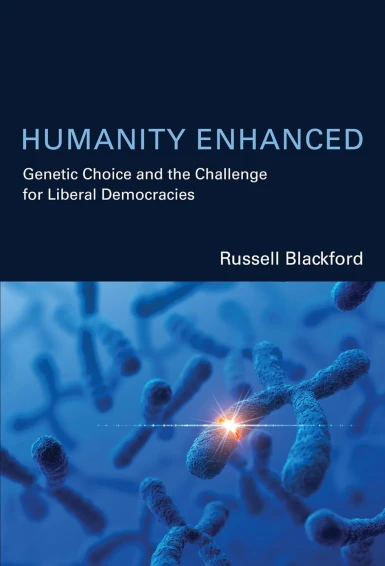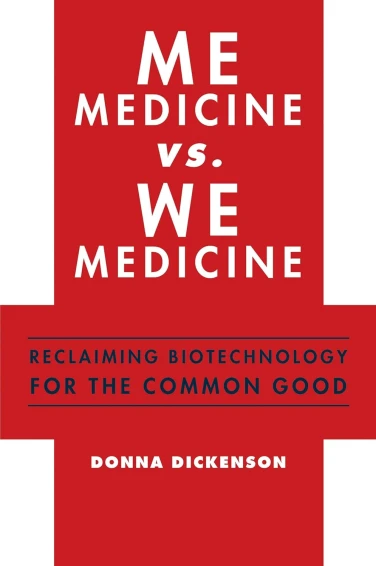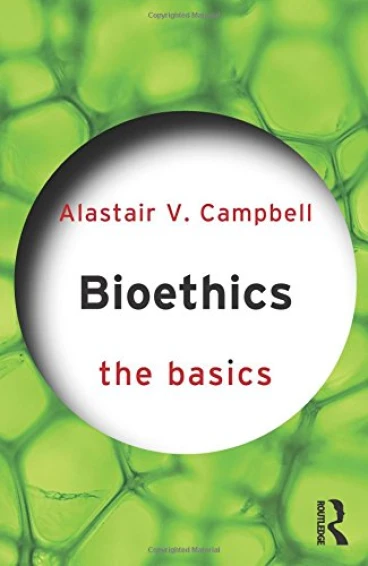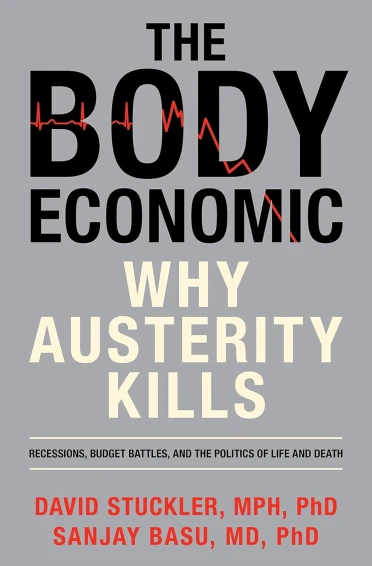
By Howard Brody
OUP, New York, 2009
272pp (hb)
ISBN 978-0-19-537794-1
£25.95 (hb)
Once in a while a book comes along which promises to help define, shape and initiate the next stage of development in a particular field. The Future of Bioethics may well turn out to be one such book as far as bioethics is concerned. Bioethics as a discipline was born in the 1960s and 1970s and has since then matured and established as a field of enquiry traditionally associated with medical care at the beginning and end of life as well as research on human subjects. Yet with this development has come a certain degree of ambiguity in terms of what precisely the term means and how it should be classified. Those of us working in this area will be all too familiar with this quandary when we try to explain to friends and new contacts just what we mean by the term bioethics. Is there any future for bioethics?
What Howard Brody seeks to do in this book is to establish where bioethics has come from and the traditional as well as contemporary issues it seeks to address, in order to then plot a course for the future of bioethics. He avoids simply writing a historical narrative but presents an engaging and fresh perspective on bioethics which in turn helps to inspire the reader in terms of future engagement. The author avoids falling into the trap of just dismissing past thinking and achievements as wrong or irrelevant but skilfully recognises the value and contribution the past has made in order to help make the discipline what it is today. Demonstrating the key attributes of someone who can embrace change and help others do the same, Brody offers fresh ideas and thinking which promise to challenge, provoke and inspire, helping to establish a genuine assessment of the strengths and weaknesses of bioethics as a discipline. At the same time as inspiring the reader there will no doubt be elements of the book which the reader will not agree with but in so doing this will help to further dialogue on these important issues. In many respects you pick up quickly that this is one of the main reasons the author has written the book; not to offer the definitive course for bioethics to take but to help initiate much needed discussion in order to plot the course.
Howard Brody’s background is a family physician and a philosophy-ethicist. He currently serves as Director of the Institute for the Medical Humanities, University of Texas Medical Branch, Galveston. It is his background in philosophy and ethics mixed with his practical experiences as a family doctor which helps to give the book its particular style. One gets the impression that this book has not been written based on some whim or spurious series of ideas thought up by the author one day. Rather it reflects sober and reasoned reflection on the past and present; a sharp grasp and attentiveness of the issues facing contemporary society and the ability to marry theory with practice through intelligent thinking.
Structure & audience
The book consists of twelve chapters followed by a useful bibliography which will no doubt come in useful to any one wishing to study and engage further with the ongoing development of bioethics. Themes covered in the book include interdisciplinary relationships, patient centred care, community dialogue, race and health disparities, disabilities and environmental concerns.
The author clearly sets out in the introduction of the book that the intended audience is those who are already involved with and committed to bioethics or share an interest in the area. With this in mind, Brody delivers a book which clearly hits the mark. However, even those coming to bioethics for the first time will find the book a useful overview and assessment of bioethics, although at certain points some supplementary reading may be required in order to fill in the knowledge gaps.
Engendered bioethics
I found the book to be useful in three key respects. First, Brody’s astute reflections on the engendering of bioethics and the subsequent power relationships were particularly enlightening. With reference to Hilde Lindemann’s metaphor that medicine is engendered masculine and bioethics is gendered feminine, Brody proposes that based on the assumption that feminine pursuits garner little respect in our culture bioethics tries to act masculine in order to compensate and make its voice heard. Brody argues that this needs to be challenged directly by recognising that medicine is not homogenous. Within medicine there are many different areas of specialisation which are engendered differently. For example ‘hard’ science, precise and rigorous in nature utilising quantitative methods is equated with being masculine and as such disciplines such as surgery and invasive cardiology represent masculine medicine. Society supports this by granting greater prestige to these specialities. Conversely, primary care seems to be most concerned with talking and listening to patients and developing long-term relationships and thus in common parlance is termed ‘women’s work’ and so is engendered feminine, garnering less support and prestige. If bioethics is keen to be seen be masculine that it will inevitably try to forge links with masculine specialities thereby ignoring primary care issues. In Brody’s view this is precisely what has happened. There are key ethical concerns found within the primary care domain such as patient-centred care and evidence based medicine. Consequently, the author argues that as long as bioethics devalues these areas then it will remain oblivious to important and fascinating ethical questions which arise in these more feminine areas.
Interdisciplinary
Second, the author highlights and argues strongly for a growing need of interdisciplinary relationships to be formed between bioethics and other academic disciplines. This has been become the focus of much debate within bioethics circles with reference to the future of bioethics. I strongly agree with this idea of acknowledging and forming greater links with other disciplines and in turn building a greater level of synergy on key ethical issues. In dealing with this theme in chapter 2 of the book, Brody looks at possible relational ‘tie-ups’ with history, literature, religion and the social sciences. He cogently argues for the need to bring together the theory with the practical and see bioethics encompassing not only rational, philosophical enquiry which results in policy decision making, but there is also the need for it to be contextual, personal and emotional. Failure to see this interrelationship will greatly impoverish the future of bioethics.
Power disparities
Thirdly, a key theme running throughout the book is that of power disparities and Brody’s belief that bioethics should combine new concepts that not only address power disparities but then also seek to initiate new strategies which help to give space to those lacking power a voice with which to speak. This is no where better explored than in chapter five which compares and contrasts approaches to the community dialogue process including democratic consensus, informed democratic consensus, community based participatory research and community based dialogue. Brody argues in favour of this latter option as the way forward for engaging with the public in bioethics dialogue, identifying its ‘level playing field’ approach by drawing in the participation of minority communities as well as the fact that participants view the dialogue as an explicitly, binding choice. Related to this is Brody’s discussion of the lessons bioethics can learn from feminist theories which allow us to “learn how to see” dominant power structures. Naturally once we have seen something that we have not noticed before, there is a choice either to change or to continue in the long-standing habitual behaviour. Whatever the decision, the place of ignorant bliss can never be returned and in turn moral responsibility has to be assumed for that conscious choice.
New technologies
Fourth, new technologies are the focus of chapter 11 and are addressed fairly briefly and swiftly by the author in contrast to preceding chapters. At first, it could appear that the author dismisses the need to engage with the ethical questions presented by new technologies such as cloning and nanoethics because they do not really present any new issues. At best the scenario could be caricatured as “conservative” bioethicists making the same ‘silly’ dire predictions that were raised over IVF and trotting them out in response to newer technologies even though those earlier predictions proved to baseless. The inference being that Huxley’s brave new world lurks just around the corner and we’re all doomed to death. However, this would be incorrect and as the chapter unfolds, Brody refreshingly opens up an often uncharted path of discussion surrounding issues of distributive justice and power relationships helping to take the discussion in a direction which often does not get explored.
Succinctly, Brody skilfully argues that when confronted with new technologies and trying to draw out the key ethical concerns, it is often very easy to ask a lot of misguided questions, resulting in the real questions being missed. With reference to clean water in Benin, the author clearly shows that the problems which arise from new technology in the developed world are not the same as in the developing world. If the bioethics discourse is to be effective in this area then consideration and appreciation of different global contexts needs to be considered. At this point, it would have been useful to expand the discussion in terms of the impact of the convergence of emerging technologies (nano-bio-info-cogno) in this regard. Even mentioning this in passing would have been useful. Sadly this is not the case and yet the path Brody takes has much relevance to questions of risk, rights and distributive justice; questions which are congruent with the emerging technologies conversation. Nevertheless, Brody’s cursory exploration of this line of thinking at least opens up the conversation to explore this further and his call to a more intelligent engagement with the ethics of technology welcomed wholeheartedly by this reviewer. In some respects the author’s discussion regarding community dialogue does this, echoing much of what has been learnt in terms of public engagement strategies surrounding nanotechnologies. These similarities here are worth noting and would have been useful for the author to have considered in his discussion.
Conclusion
As a relatively young bio ethicist I found this book an extremely refreshing read in terms of helping to inspire me to think about the future of bioethics and the part that I can part in its ongoing development. Brody clearly believes passionately in what he is writing about. He has not simply written a book to defend the existence of a discipline but has rather issued a clarion call which defines the uncharted territory bioethics still has to traverse and engage with.
The book represents what could be termed a half-time team talk by the coach, helping to identify where we have come from but also where we still need to go and what needs to be done in the second half of the match. As with any good coach, The Future of Bioethics is an energising reading, inspiring the reader to engage further and play an active role in the process. Indeed, Brody considers it a matter of a delicate balance of bioethics as contemplative scholarship and bioethics as activism and concludes that “we should act as people of thought and think as people of action”. To return to the analogy of the growth and development of a human, The Future of Bioethics could be said to help welcome and prepare bioethics for adulthood.










